When we watch children play, explore, and learn, it’s fascinating to see how their minds develop and change over time. Have you ever wondered how children understand the world around them and how their thinking evolves as they grow older? This is exactly what Jean Piaget, a groundbreaking developmental psychologist, set out to explain through his theory of cognitive development. Piaget’s stages of child development provide a powerful framework to understand the ways children think, reason, and learn at different ages. In this article, we’ll take a deep dive into these stages, exploring the unique characteristics of each period, how children’s thinking changes, and why this knowledge is so valuable for parents, educators, and anyone interested in child development.
Who Was Jean Piaget and Why Are His Stages Important?
Jean Piaget was a Swiss psychologist who dedicated his life to studying how children’s intelligence and thinking develop. Before Piaget, many believed that children simply knew less than adults, but Piaget showed that children think in fundamentally different ways at different ages. His observations and experiments led him to propose a series of stages that describe how children’s cognitive abilities develop. These stages aren’t just about “knowing more,” but about thinking differently — the way children interpret their experiences evolves beautifully through time.
Piaget’s stages of child development highlight the active role children play in building their own knowledge. Rather than passively absorbing information, children explore, question, and experiment, gradually constructing their understanding of the world. This concept has influenced education, parenting, psychology, and even philosophy. Understanding these stages helps adults tailor their interactions in more age-appropriate and effective ways.
The Four Stages of Piaget’s Cognitive Development
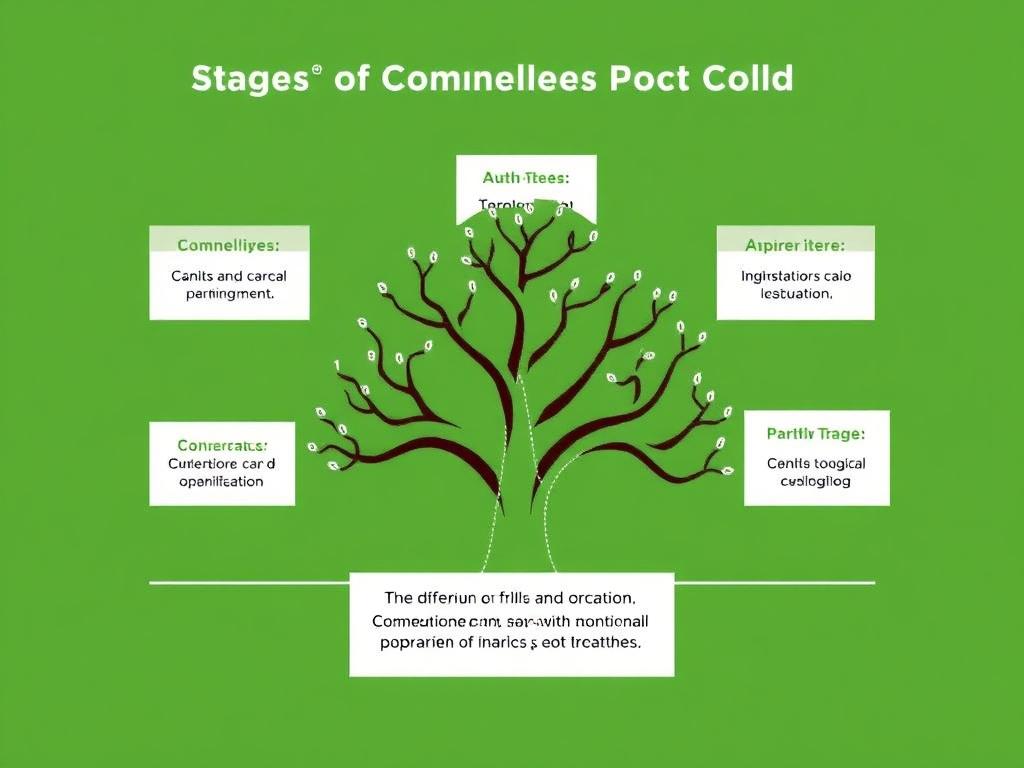
Piaget identified four main stages through which children progress. Each stage represents a different way of thinking, and as children move through these stages, they gain new abilities and discard old limitations. These four stages are:
- Sensorimotor Stage (Birth to 2 years)
- Preoperational Stage (2 to 7 years)
- Concrete Operational Stage (7 to 11 years)
- Formal Operational Stage (12 years and up)
Let’s explore each of these stages in depth to truly grasp the remarkable journey of child development described by Piaget.
Sensorimotor Stage: Discovering the World Through Senses (Birth to 2 years)
During the sensorimotor stage, babies and toddlers learn primarily through their senses and physical actions. At this point, children do not yet have a mental representation of objects or events—they live in the moment, exploring the world by touching, hearing, tasting, seeing, and moving. Piaget called this the “sensorimotor” stage because sensory input and motor activity form the basis of learning.
A key milestone in this stage is the development of “object permanence.” This means that babies learn that objects continue to exist even when they can’t be seen, heard, or touched. For example, if you hide a toy under a blanket, a baby who hasn’t developed object permanence will think the toy has disappeared. But as they move through this stage, they begin to understand that the toy is still there, even if it’s out of sight.
Children also start to learn cause and effect during this stage. They experiment by shaking a rattle, dropping objects, or crawling toward a desired toy. These actions help them build the foundations for more complex thought processes later on.
Key Milestones in the Sensorimotor Stage
| Age Range | Developmental Achievement |
|---|---|
| 0 – 1 month | Reflex actions such as sucking and grasping |
| 1 – 4 months | Repeated actions involving body, such as sucking thumb |
| 4 – 8 months | Reaching for and grasping objects, beginning to explore |
| 8 – 12 months | Object permanence develops; understanding that objects exist even when hidden |
| 12 – 24 months | Imitation and symbolic play begins; child can mentally represent objects |
Preoperational Stage: Imagination and Egocentrism Take Center Stage (2 to 7 years)
Once children enter the preoperational stage, their ability to think symbolically blooms. This is the age when language skills grow tremendously and children begin to engage in pretend play, using objects or actions to represent something else. For example, a stick might become a sword or a doll might speak and have feelings. Children’s imaginations are vivid and boundless during this time.
However, Piaget also observed that thinking at this stage is still quite limited in other ways. Children tend to be egocentric, meaning they struggle to see things from perspectives other than their own. They often assume that others know exactly what they know and don’t yet understand that others might have different thoughts or feelings.
Another hallmark of this stage is difficulty with conservation tasks—the understanding that certain properties (like volume or number) remain the same even when appearances change. For example, if you pour water from a short, wide cup into a tall, thin glass, a child in the preoperational stage might think the amount of water has changed because the shape has changed.
Common Characteristics of the Preoperational Stage
- Symbolic thinking — using words and images to represent objects.
- Egocentrism — difficulty taking the viewpoint of others.
- Animism — belief that inanimate objects have feelings and intentions.
- Difficulty understanding conservation of number, volume, mass.
- Intuitive rather than logical reasoning.
Concrete Operational Stage: Logical Thinking Emerges (7 to 11 years)
As children reach the concrete operational stage, their thinking becomes noticeably more logical and organized. They begin to understand the concept of conservation, realizing that quantities stay the same despite changes in shape or appearance. This stage marks an important shift away from the magical and egocentric thinking of the previous stage toward more concrete and rational thought processes.
Children become capable of performing mental “operations” on tangible objects or events, meaning they can think through steps in a problem and understand relationships such as cause and effect. They gain skills like classification (sorting objects by categories), seriation (arranging items in order according to size or other characteristics), and reversibility (understanding that actions can be undone).
It’s important to note that thinking at this stage is still grounded in concrete experiences. Abstract or hypothetical thinking is challenging because children rely on physical reality as a reference point. They do well with hands-on learning and real-world examples during this time.
Examples of Logical Thinking in the Concrete Operational Stage
| Ability | Description | Example |
|---|---|---|
| Conservation | Understanding that quantity remains the same despite changes in form | Recognizing water level is unchanged when poured into a different shaped glass |
| Classification | Grouping objects based on common features | Sorting animals by mammals, birds, fish |
| Seriation | Arranging items in a logical order | Ordering sticks by length from shortest to longest |
| Reversibility | Understanding that some operations can be reversed | Realizing that a deflated ball can be inflated back to the original form |
Formal Operational Stage: Abstract and Hypothetical Thinking (12 years and up)
The final stage of Piaget’s theory is the formal operational stage. Here, adolescents and adults gain the ability to think abstractly, reason logically about hypothetical situations, and formulate theories about the world. This is a major leap from concrete operations and represents the development of mature cognitive skills.
Individuals at this stage can consider possibilities beyond what is immediately present. They can plan for the future, imagine different outcomes, and think systematically about complex problems. For example, teenagers may debate abstract moral questions, ponder the meaning of life, or solve algebraic equations that require hypothetical reasoning.
This stage also equips young people with metacognition—the ability to think about their own thinking. They become aware of how and why they arrive at conclusions, allowing for self-reflection and improved problem-solving strategies.
Abilities Developed During the Formal Operational Stage
- Abstract thinking and understanding of symbols beyond concrete reality.
- Hypothetical-deductive reasoning—the ability to form hypotheses and systematically test them.
- Complex problem solving, including planning and predicting outcomes.
- Metacognition or thinking about one’s own thought processes.
- Understanding abstract concepts like justice, freedom, and love.
How Piaget’s Stages Influence Education and Parenting
Knowing the different stages of child development according to Piaget can change the way we teach, nurture, and interact with children. It reminds us that expecting a kindergartener to reason like a teenager is unrealistic, just as asking a baby to understand abstract concepts is impossible. Instead, this understanding helps adults set realistic expectations and provide support that matches children’s cognitive abilities.
For educators, Piaget’s theory underscores the importance of hands-on learning during the early stages, encouraging exploration, discovery, and playful interaction. It also highlights that older children benefit from more structured reasoning tasks, debates, and abstract thought exercises. Tailoring teaching methods to each stage can significantly improve engagement and learning outcomes.
For parents, understanding Piaget’s stages guides how we communicate, encourage thinking, and foster independence. Recognizing egocentrism in young children can promote patience when they struggle to see other perspectives. Valuing their symbolic play nurtures creativity and language skills. Supporting logical thinking by asking “why” and “how” questions encourages critical reasoning.
Common Misunderstandings and Criticisms of Piaget’s Theory

While Piaget’s stages of child development have been enormously influential, no theory is perfect. Over the years, researchers have pointed out some limitations and offered updates.
- Development isn’t always stage-like: Some children may show characteristics from multiple stages at once, and development can be more continuous than strictly stepwise.
- Cultural and social factors: Piaget focused mostly on universal stages, but learning can be heavily influenced by culture, language, and environment.
- Underestimation of young children: Some research has shown that infants and toddlers may have more cognitive abilities earlier than Piaget suggested, especially with modern testing techniques.
- Neglect of emotional and social development: Piaget concentrated mostly on cognitive growth, not addressing emotional, moral, or social factors as much.
Still, the core concepts of children actively constructing knowledge and thinking in qualitatively different ways at different ages remain foundational in developmental psychology.
Summary Table: Piaget’s Stages of Child Development
| Stage | Age Range | Key Features | Examples |
|---|---|---|---|
| Sensorimotor | Birth to 2 years | Learning through senses and actions, object permanence develops | Exploring objects by touching and mouthing, searching for hidden toys |
| Preoperational | 2 to 7 years | Symbolic thinking, egocentrism, limited logical operations | Pretend play, difficulty understanding others’ viewpoints, misunderstanding conservation |
| Concrete Operational | 7 to 11 years | Logical thinking about concrete objects, conservation, classification | Understanding volume conservation, sorting objects, solving concrete problems |
| Formal Operational | 12 years and up | Abstract, hypothetical, and metacognitive thinking | Solving algebra, debating moral issues, planning hypotheticals |
Daily Applications of Piaget’s Theory
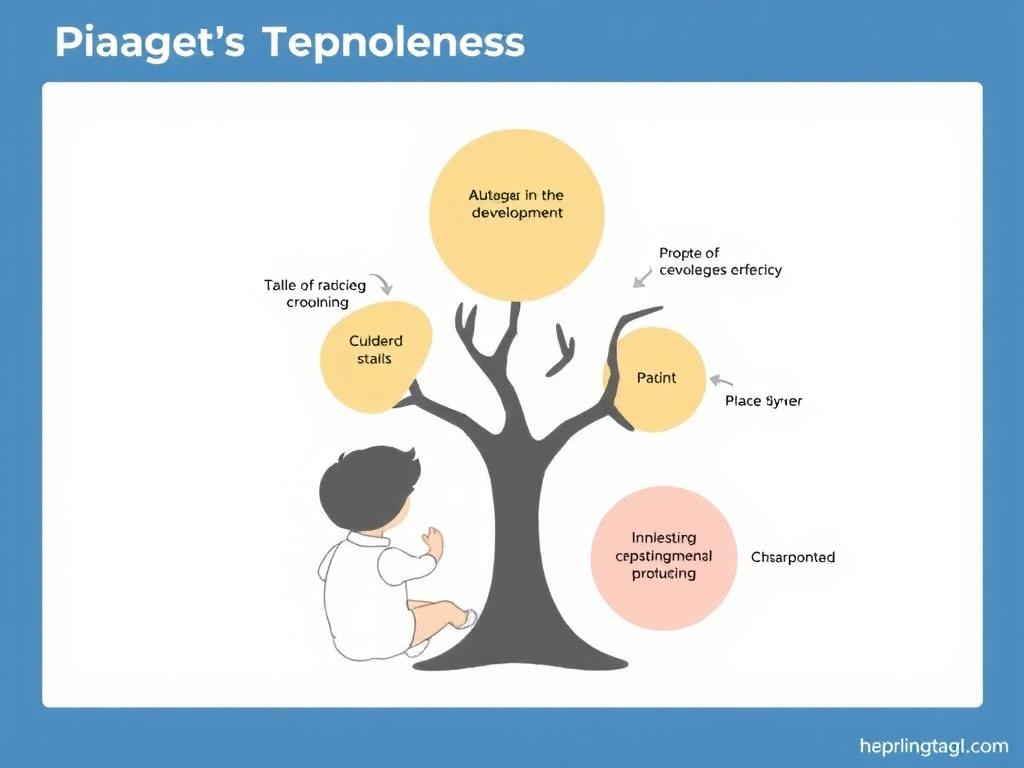
Whether you are a parent, teacher, caregiver, or just curious, understanding Piaget’s stages can help you appreciate the amazing ways children’s minds develop. Here are a few practical tips on how to apply this knowledge:
- For Babies and Toddlers: Provide plenty of safe opportunities for sensory exploration. Play peekaboo to support object permanence development.
- For Preschoolers: Encourage imaginative play and storytelling to foster symbolic thinking. Be patient during conversations, knowing they are still egocentric.
- For Elementary School Kids: Use hands-on learning, experiments, and concrete examples. Help with sorting, grouping, and classifying objects.
- For Teens: Engage in discussions that challenge abstract thinking. Encourage hypothesis testing and reflection on complex issues.
By meeting children where they are cognitively, we give them the tools they need to thrive and grow intellectually.
Final Thoughts on Piaget’s Stages of Child Development
Jean Piaget’s stages of child development remain one of the most influential frameworks for understanding how children’s minds grow and change. From the sensorimotor exploration of infancy to the abstract reasoning of adolescence, each stage reveals the remarkable journey of human cognition. Recognizing these stages helps us respect the unique ways children experience the world, guide them appropriately, and foster their innate curiosity and love of learning. While later research has refined and expanded upon Piaget’s ideas, his insights remind us that development is a dynamic and active process. Children aren’t just smaller adults—they see, think, and feel in ways that are wondrously new and different at every age. Embracing the stages of child development is a step toward nurturing the potential within every child.



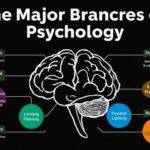
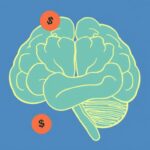
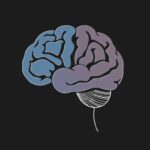

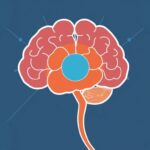
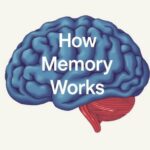











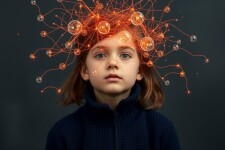
Как папа, могу сказать, что понимание стадий развития по Пиаже помогает лучше понять, что ребёнок чувствует и как ему лучше объяснять вещи на каждом этапе. Это реально облегчает воспитание и учит быть терпеливее.
Пиаже помогает понять, как меняется мышление ребёнка: от сенсомоторного изучения мира в младенчестве до абстрактного мышления в подростковом возрасте. Это даёт практические рекомендации для обучения — какие задачи и объяснения подходят на каждом этапе. Важно учитывать эти стадии, но помнить и про индивидуальные различия детей.
— Ибрагим